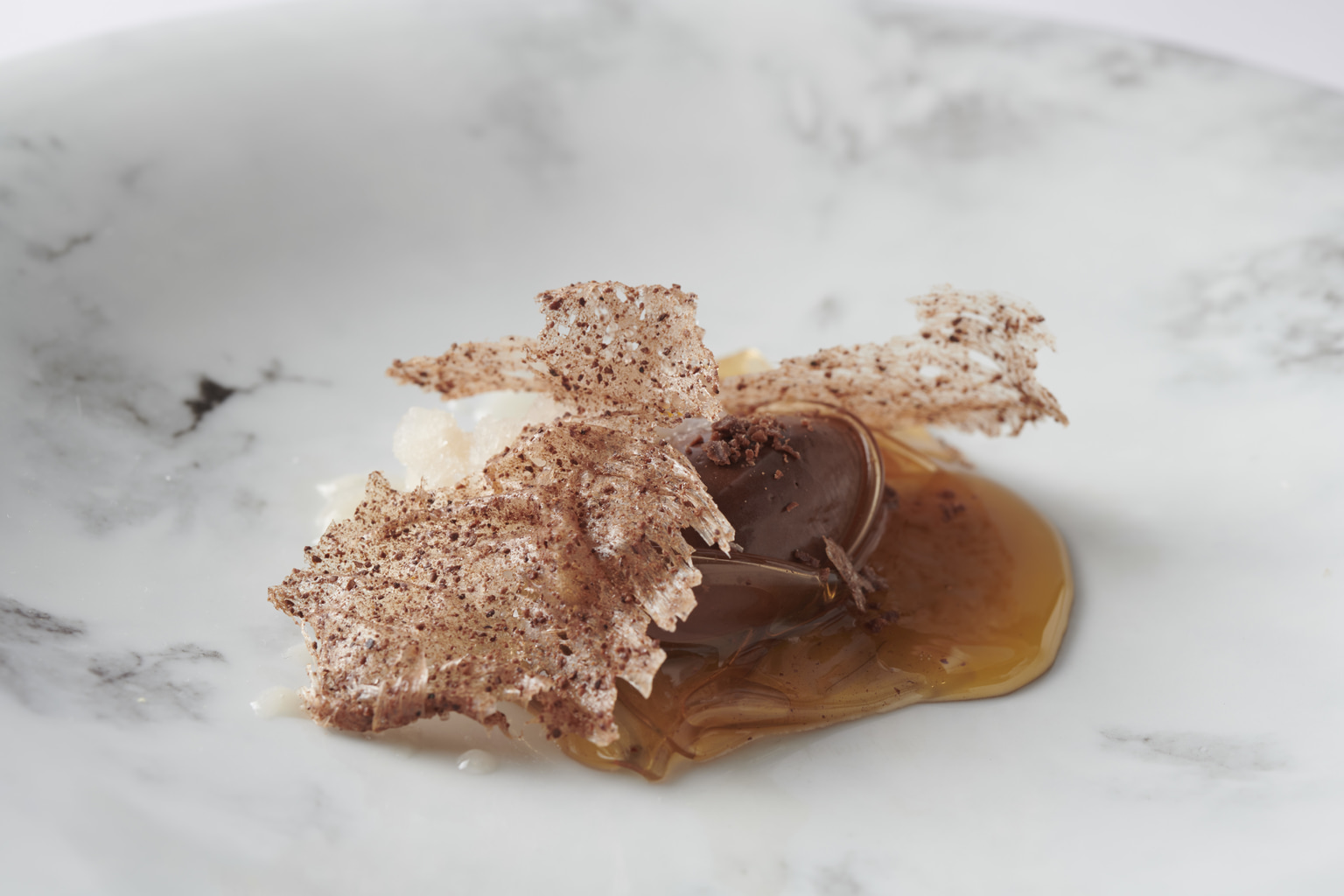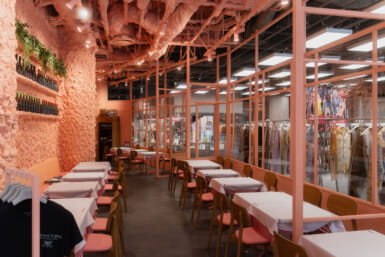Every year close to one-third of the food produced for human consumption is said to be wasted – over one billion tons in total – while more than 820 million people go hungry. One of the worst offending countries is Japan which has the highest food waste per capita in all of Asia, dumping more than six million tons of edible food annually, costing the government around two trillion yen on a yearly basis.
While most of the waste comes from households, food establishments have a critical role to play in reducing those figures and that is something that Armani Ristorante takes very seriously. The luxurious Italian restaurant in Ginza has recently started serving a creative Spring Menu using food loss ingredients. The result is a series of dishes that are not only pleasing to the eye and the palette but also lessen the burden on landfills and help to reduce carbon footprint.

Working in tandem with Food Loss Bank, Armani Ristorante has procured perfectly edible fruit and vegetables such as oranges and asparagus that were going to be discarded for reasons such as not being the right shape or discoloration. Other ingredients included in the menu are tomatoes from Farm Kei and seabream, both of which are being used after they lost their original shipping destinations due to the Covid-19 pandemic.
The seven-course lunch and dinner menu has a great variety of dishes including a light amuse-bouche using Shonan gold that manages to strike the right balance between sweet and sour, a white asparagus plate with saffron bearnaise sauce and a sumptuous sea bream plate with a green peas herb sauce. The cocoa cream and jelly dessert, meanwhile, features parts thrown out during the chocolate-making process.


As a global enterprise, the Armani group is well aware of its responsibility to create products and select materials according to precise sustainability criteria. “I think the issue of the environment intimately involves everyone,” says the organization’s founder Giorgio Armani. “We can in no way ignore that the future of the next generations depends on our choices. I think the issue of sustainability should be addressed in a concrete way.”
The Spring Loss Food Menu costs ¥10,000 for both lunch and dinner. It will continue for three months before being replaced by the Summer Loss Food Menu.









